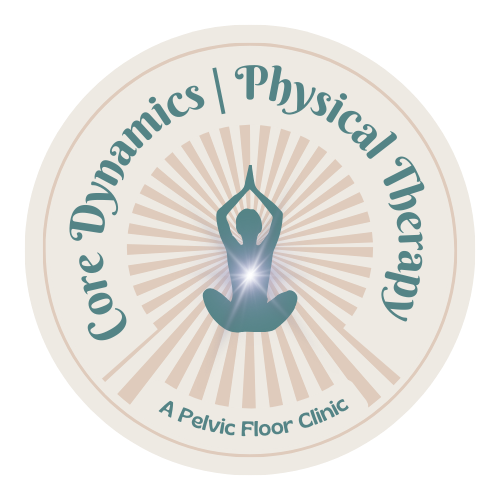No one ever taught you how to poop? Sometimes we need help to relearn basic functions like how to go, and that’s ok because there is a specialized field of physical therapy that does just that! Let’s start with digestion, you eat food, your saliva begins to break down the food. Be careful to fully chew your food, it will speed up digestion. Next the food hits your stomach, then your small intestines, and then goes onto your large intestines AKA your colon, and then to the final destination, your rectum.
Often time my patients with bowel symptoms and complaints have had abdominal procedures and may have scars and connective tissue restrictions surrounding their gut viscera. Massage techniques, yoga poses and breathing exercises which focus on your abdominal and thoracic cavity can be helpful in getting things moving. The rectum is surrounded by pelvic floor muscles. At times patients present with muscle weakness and may need strengthening exercises, while at other times the muscles are tight and have trouble “letting go,” so the stool can descend. And at times it is neither that the muscles are too tight or weak, it is just a timing and coordination issue. Biofeedback is a tool that is often helpful in bowel retraining. Think of an EKG, the leads pick up the rhythm in your heart. Same thing, however, with biofeedback one either has a rectal probe or external lead stickers that pick up one’s pelvic floor muscles. Having a visual for muscles that are hard to imagine, often assists patients in connecting to their pelvic floor and learning how to use all those muscles in harmony and sync. Another large component of treatment is bowel management and patient education including toileting habits, toileting positions and defecation techniques. It is often helpful to be in a more squat-like position during elimination, with one’s knees slightly higher than the hips and trunk leaning forward with arms supported on your thighs. This position opens up your pelvis and straightens your rectum, making it easier for the stool to descend. A yoga block under your feet will do but check out the squatty potty if you want the perfect stool that tucks away right around your toilet. Some patients do not have an urge to defecate and may benefit from going on a bowel schedule to retrain their bowels. The best time to sit is a half hour after breakfast. Diet plays a large role in bowel issues and the therapist will make some general recommendations, but majority of patients are referred to appropriate health coaches and nutritionist who are knowledgeable about bowel conditions. And lastly, in order to defecate, one’s muscles need to relax, but if anything associated with the bathroom=stress we need to change that. Listening to music, reading, or any sort of distraction to avoid constant pushing is helpful. Proper breathing techniques are key. Your pelvic floor muscles are small and can not do the job on their own. If you try holding your breath to strain you should feel 100% of the pressure on your pelvic floor. Now, imagine and try blowing through a thick straw, huffing and fogging a mirror or making a sound like “shhhh” loud enough that you feel your abdominal muscles turn on. Does that change anything? I can’t give away all the bowel secrets….but if you are having trouble pooping don’t hide in the bathroom, go to a pelvic floor therapist?
